The Effective Uses of Sand Casting for Construction Machinery Parts
Author: SAIVS Date Published: Jun 01,2023
The Construction Machinery industry requires the production of big parts that have shapes, sizes, and complexities that are not easy to produce by conventional manufacturing processes. Sand Casting is a popular manufacturing technique for large and bulky Construction Machinery Parts. This technique can create complex parts with intricate designs, and offer superior dimensional and structural properties.
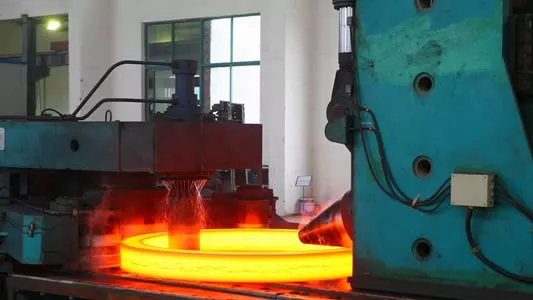
Sand casting is a manufacturing process for metal parts that involves making a mold from a pattern of the shape of the part. The mold is created by packing sand around the pattern to create a cavity, which provides the desired shape. Molten metal is later poured into the cavity to replace the sand, creating the desired part. Sand casting can be used for a range of metals, including cast iron, bronze, and aluminum.
The sand casting process offers many benefits for the production of construction machinery parts, including its high production rates, lower manufacturing costs, and a low skill level required for implementation. Additionally, sand casting can achieve significant accuracy, allowing for the mass production of parts with dimensions that are within acceptable accuracy tolerances for the application.
Sand casting can create complex and unique parts with intricate designs, which makes it perfect for producing complex construction machinery parts that have minimal post-production machining requirements. It can also produce castings that have superior surface finishes compared to other casting processes, making it suitable for cold forming, heat treatment, and even welding.
However, sand casting may not be the best manufacturing process for the production of small, intricate parts. Such parts may require higher dimensional accuracy and a smoother surface finish that may be difficult to obtain through this manufacturing process. In such cases, alternate manufacturing methods such as Investment Casting or die-casting may be more appropriate. It is crucial to consider the specific requirements of the parts in question carefully and seek the guidance of knowledgeable technicians to determine the best manufacturing process.
Conclusion: Sand casting is an effective manufacturing process for large and bulky construction machinery parts due to its ability to create complex and unique shapes, low manufacturing costs, and high production rates. However, when producing parts that require tight dimensional accuracy, smoother surface finishes, and more delicate designs, alternative manufacturing methods, such as investment casting or die-casting, may be more appropriate. Ultimately, the choice of a particular manufacturing process for construction machinery parts depends on several factors, including part-size, design, and application requirements.
Why Choose SAIVS™ as Your Supplier?
1.Superb Quality Control Management
At SAIVS, we take pride in our perfect quality management systems and procedures, which guarantees the excellent performance of all our producs, being a professional Investment Casting | Die Casting| Sand Castingmanufacturer in China.
2.Rich Production Experience
With 20 years of experience in production, SAIVS has a deep understanding of the market and trends, and strives for continuous research and innovation. This has created advantages in both the product's performance and appearance.
3.Competitive Prices
As a Chinese factory committed to becoming the most cost-effective Investment Casting | Die Casting| Sand Castingexporter in China, SAIVS provides high-quality products at advantageous prices. By lowering costs and increasing efficiency, we ensure that our customers receive the best possible value for their investment.
4.Perfect After-sales Service
At SAIVS, we strive to provide superior customer service that meets and exceeds expectations. We are always available for any questions or concerns you may have, and we stand by our commitment to providing excellent after-sales support.
Related Posts
-
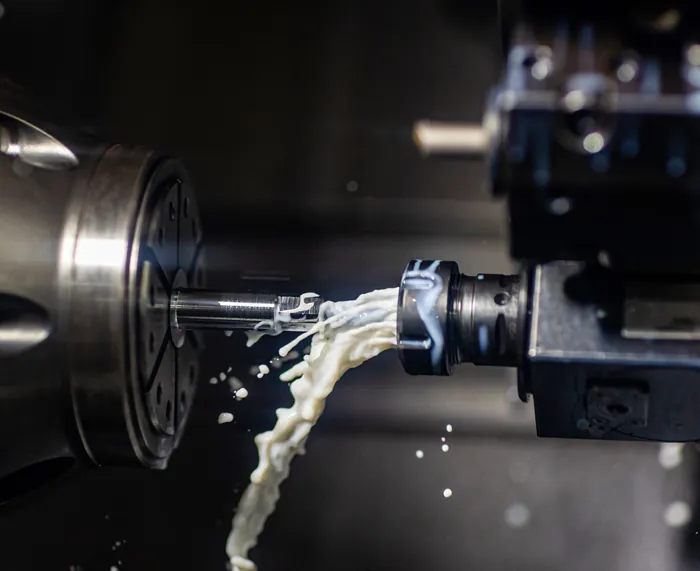
Limitations of CNC Machining
Explore the key limitations of CNC machining. Understand how these factors impact manufacturing efficiency and part quality.
-
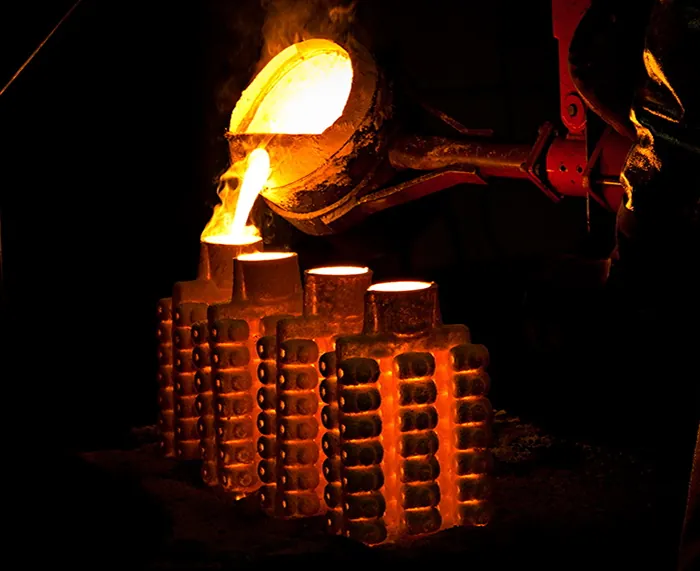
How to Reduce Investment Casting Costs by 50%
Introduction:Investment casting, also known as precision or lost-wax casting, is a widely used manufacturing process with applications in various industries. Th...
-
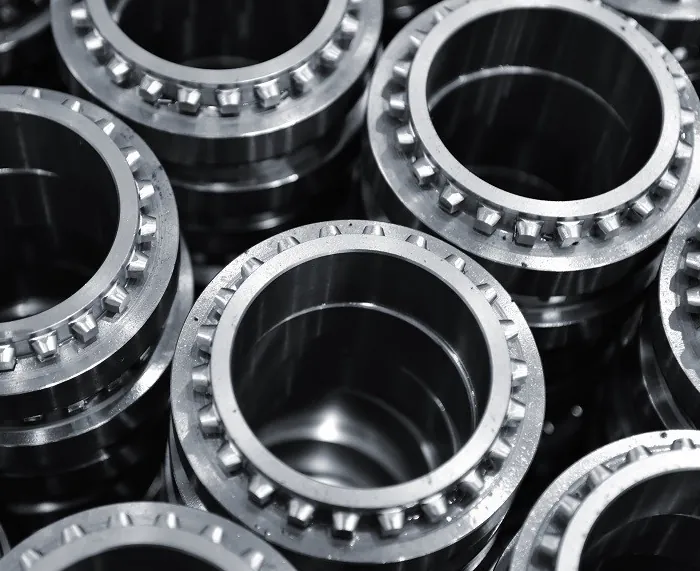
Benefits of Choosing Chinese Aluminum Die Casting Services
IntroductionAluminum die casting is a versatile and efficient manufacturing process that produces complex metal components with high precision and repeatab
-
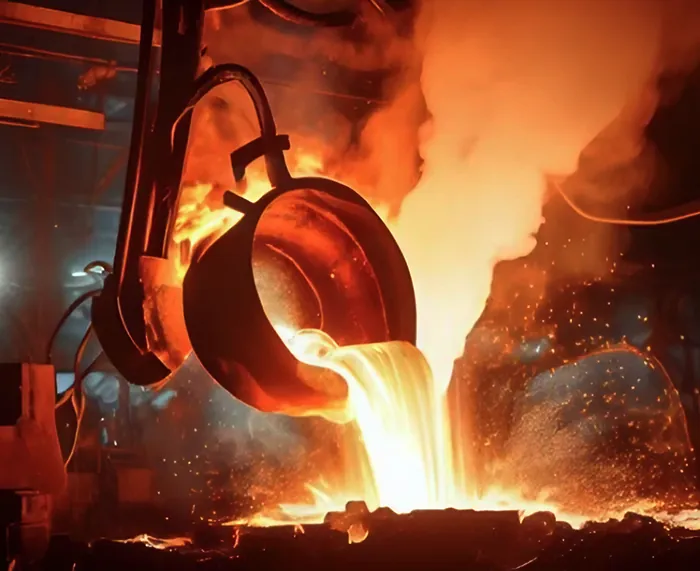
Investment Casting in Marine Engineering
I. The Importance of Investment Casting in the Marine IndustryInvestment casting, also known as lost-wax casting, is a pivotal manufacturing process in the
-
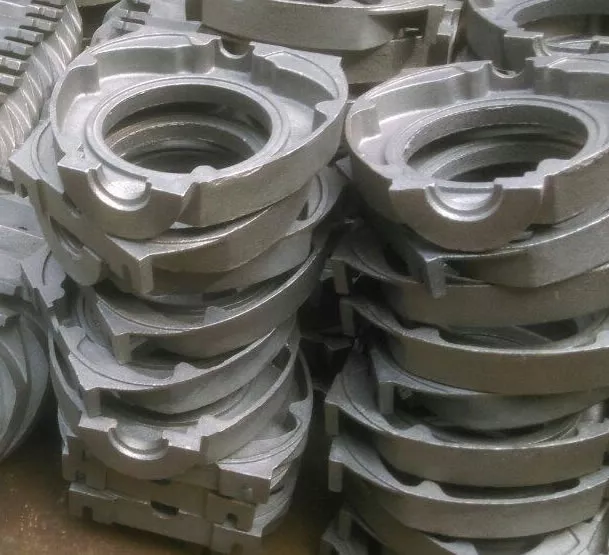
High-quality Heat Resistant Steel Casting from China Manufacturer
Heat resistant steel casting refers to a type of casting that can withstand high temperatures, making it ideal for use in environments where extreme heat is pre...
-
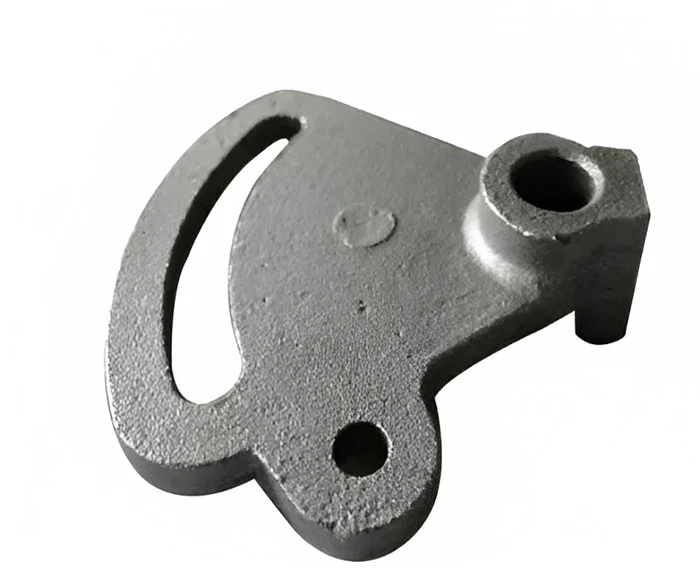
The Importance of Agricultural Machinery Parts
Agricultural machinery parts are essential components used in various types of agricultural machinery to ensure their proper functioning and efficiency. The fa...

